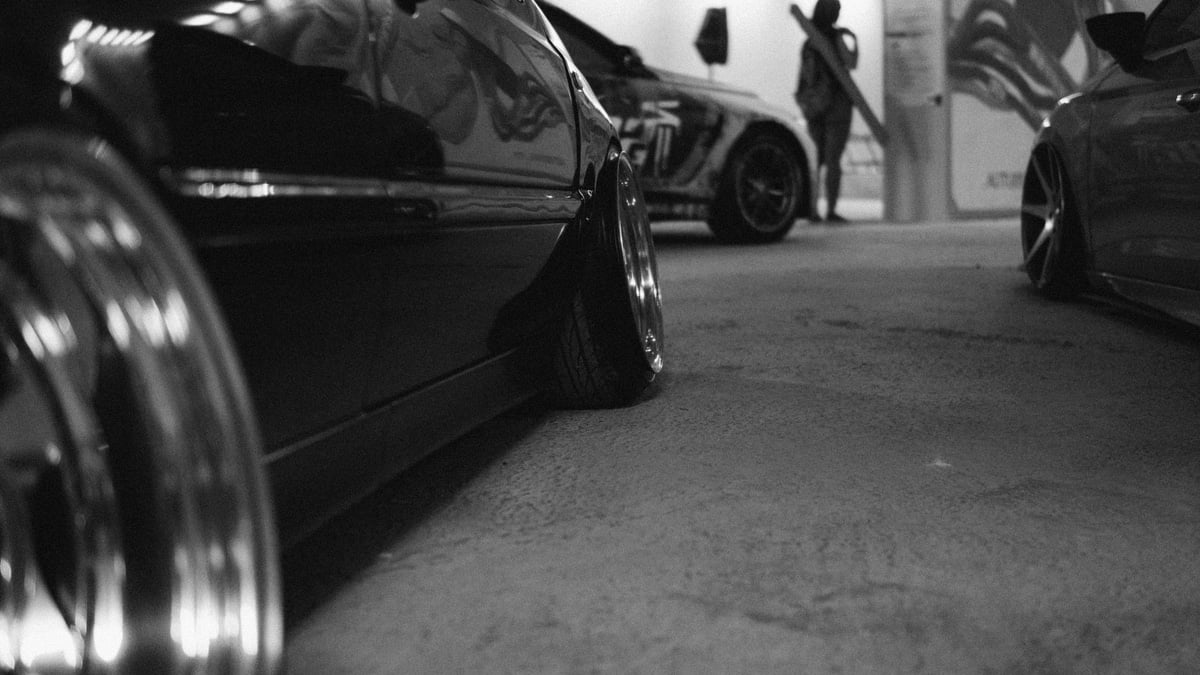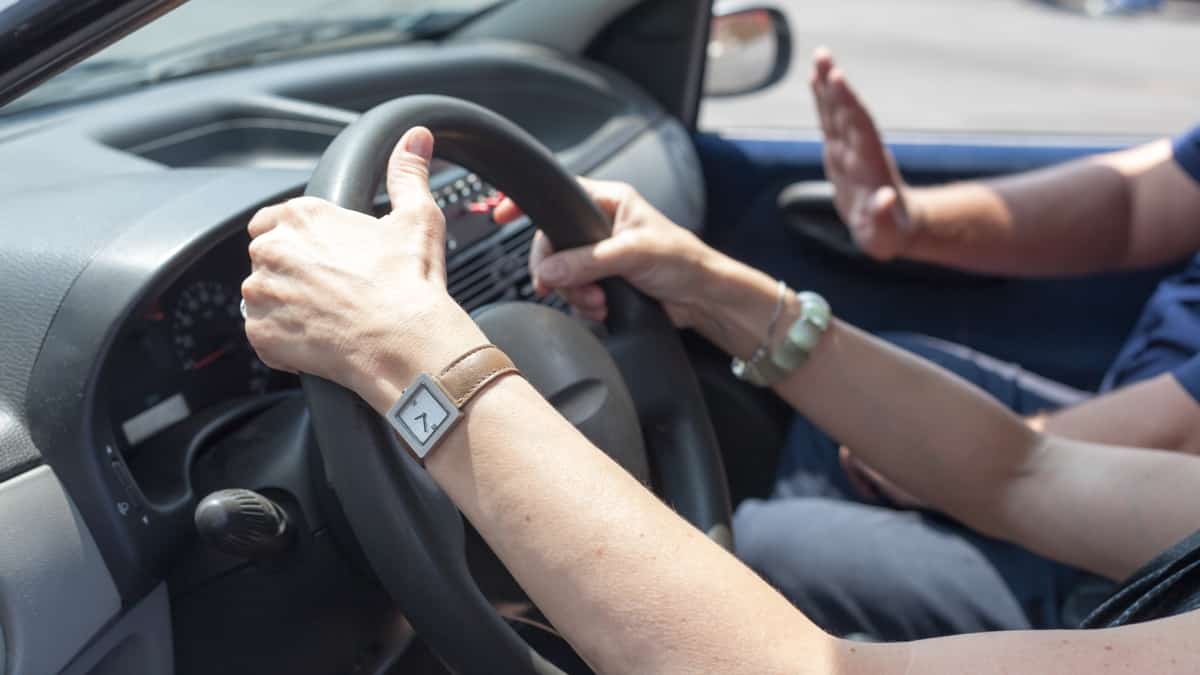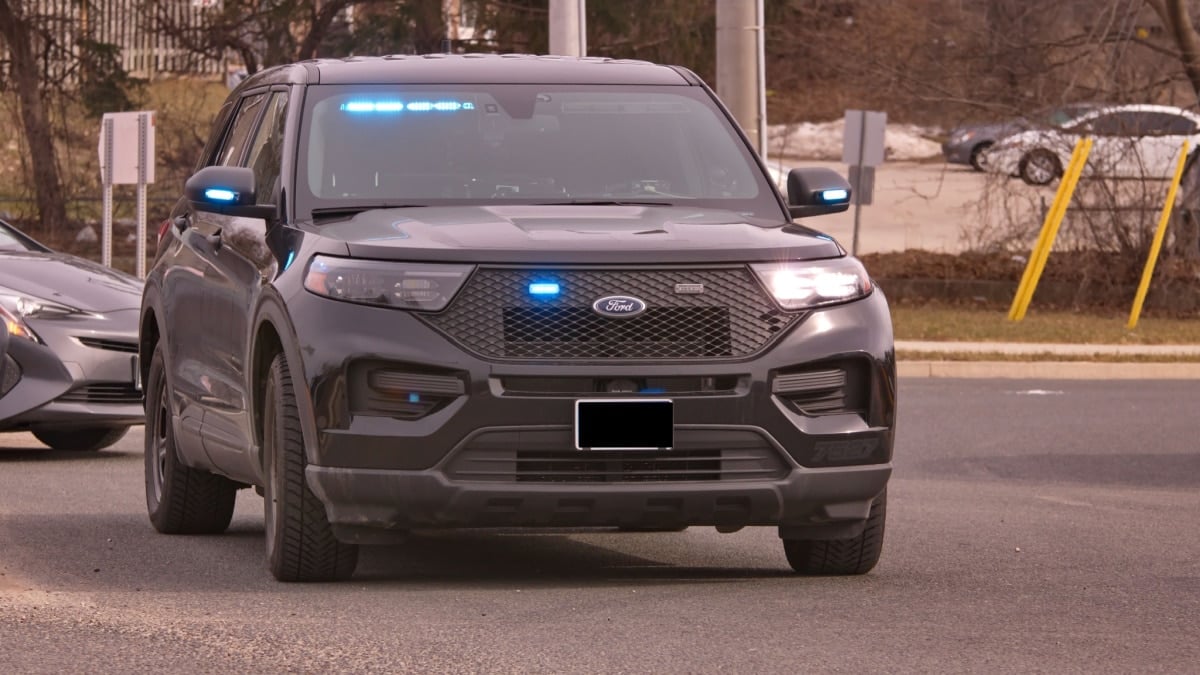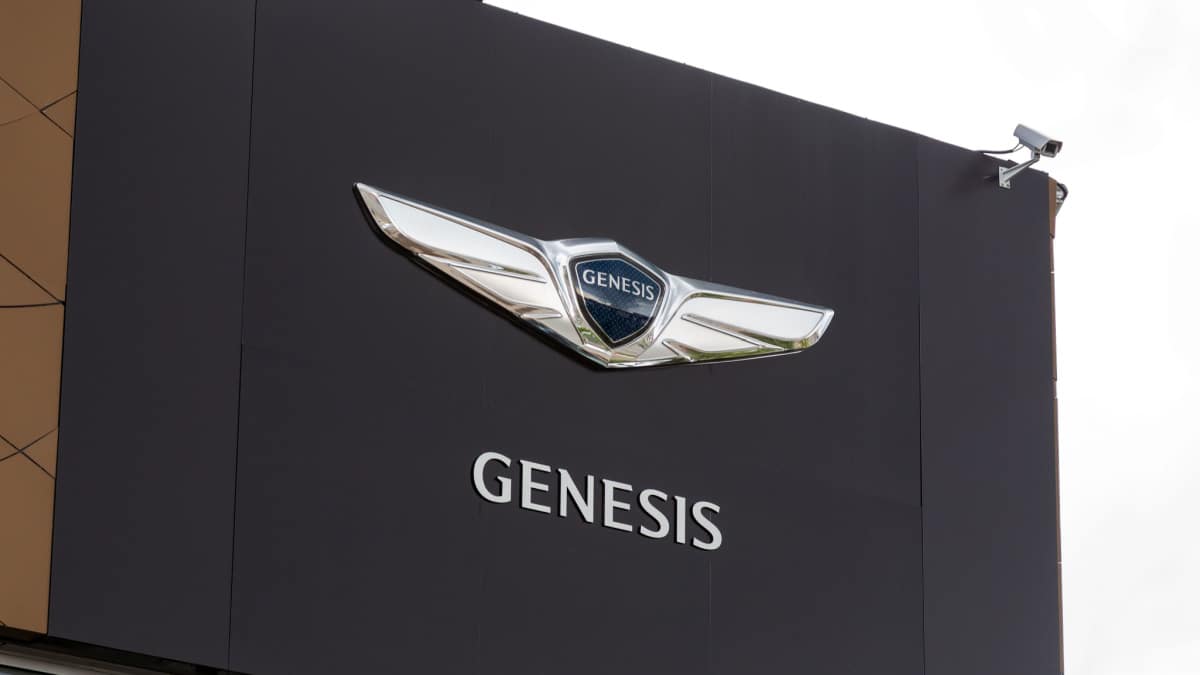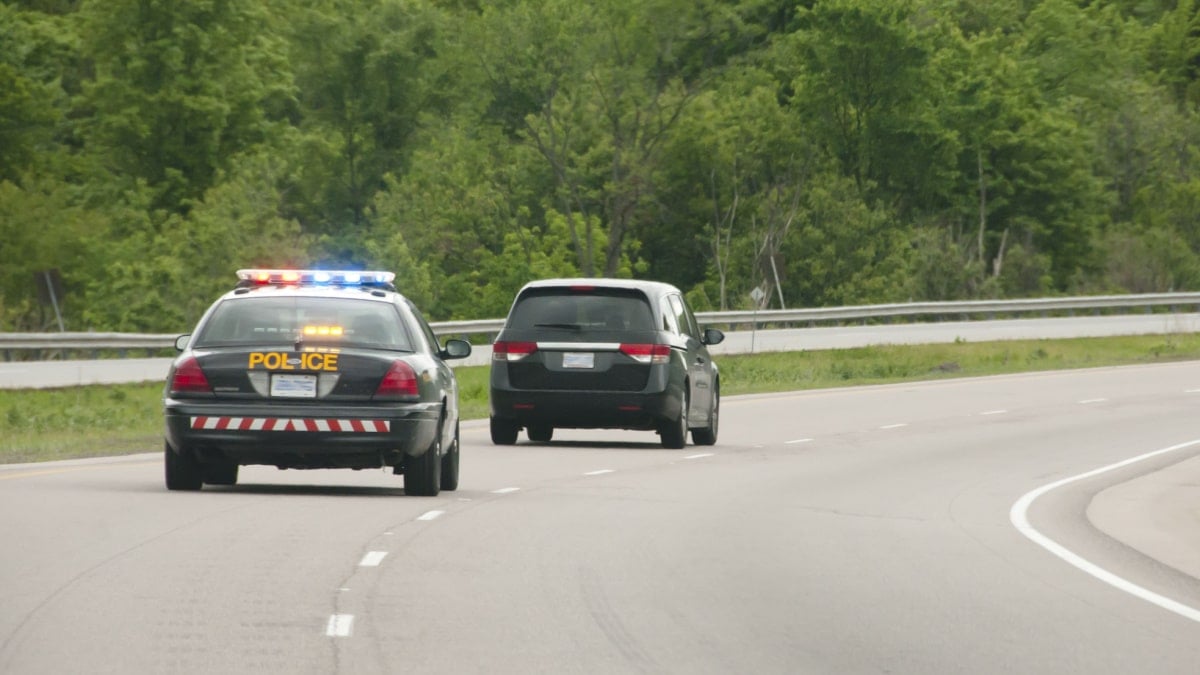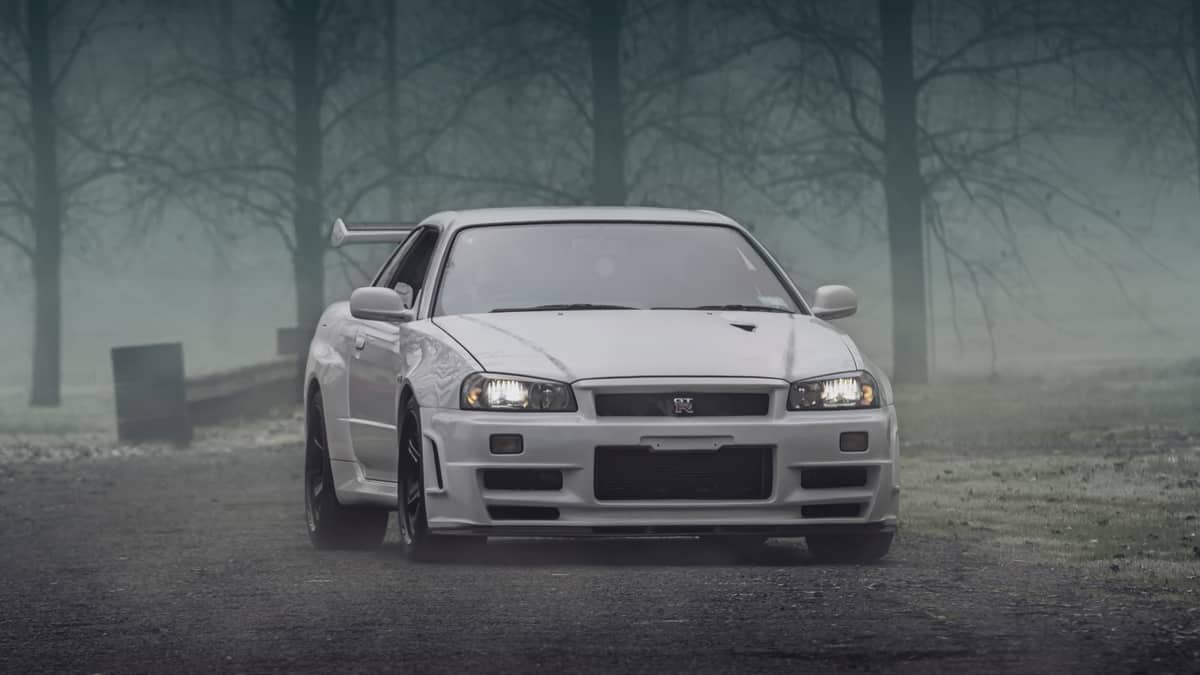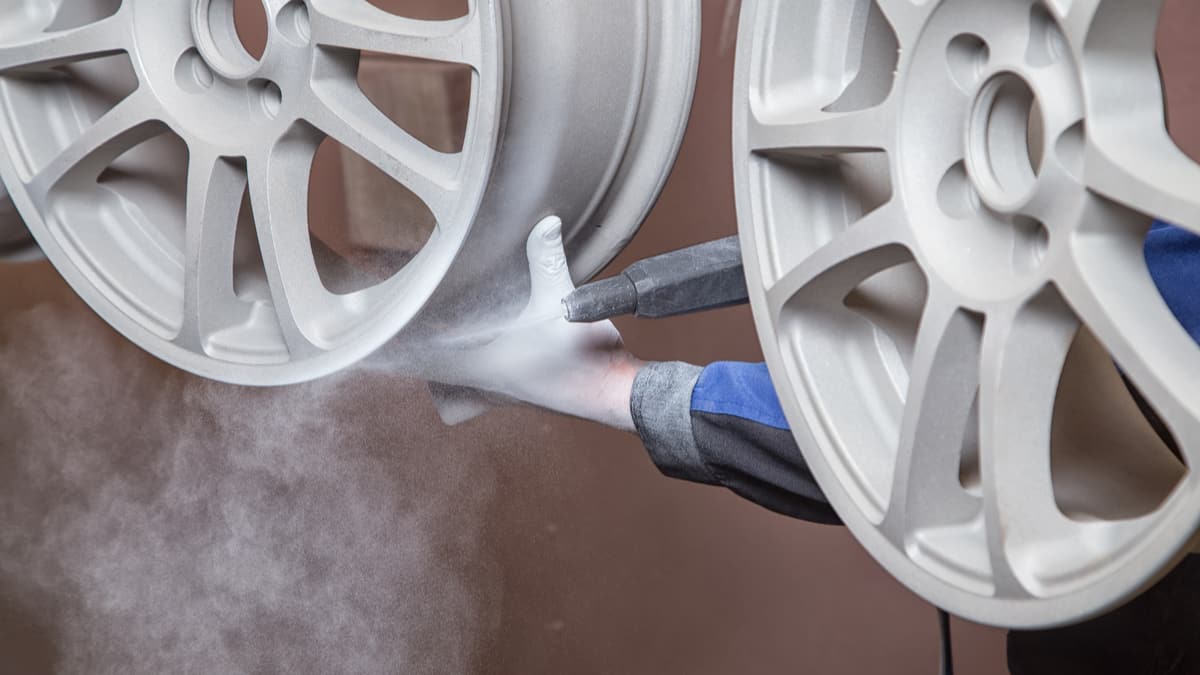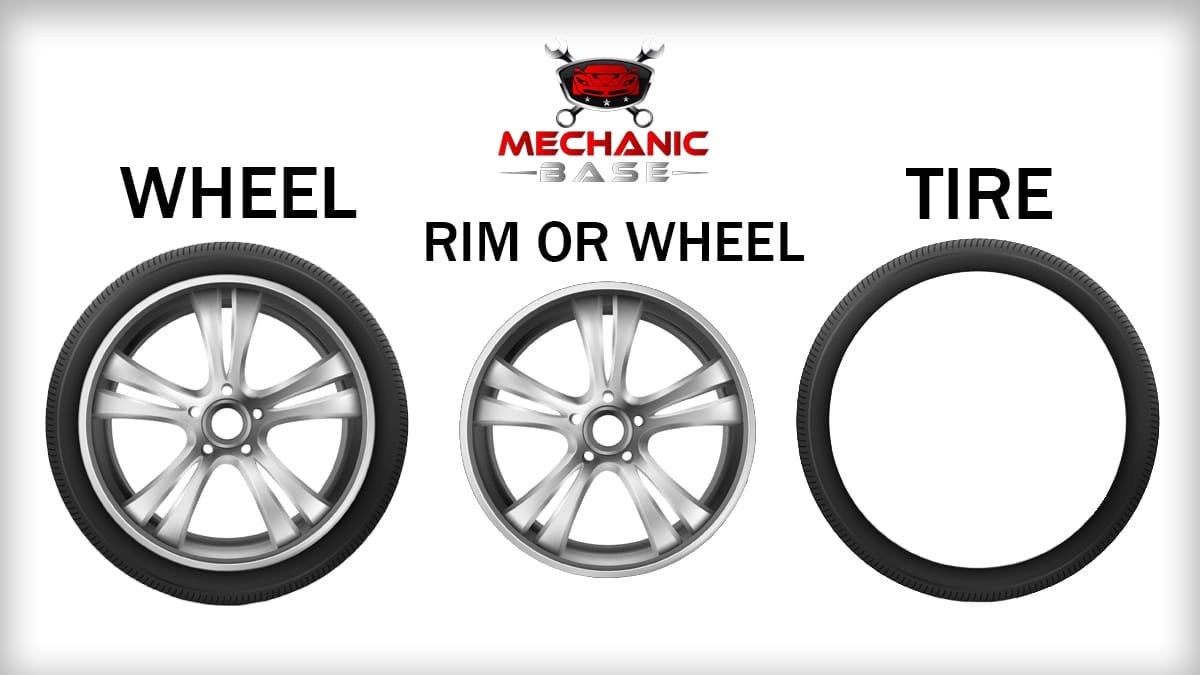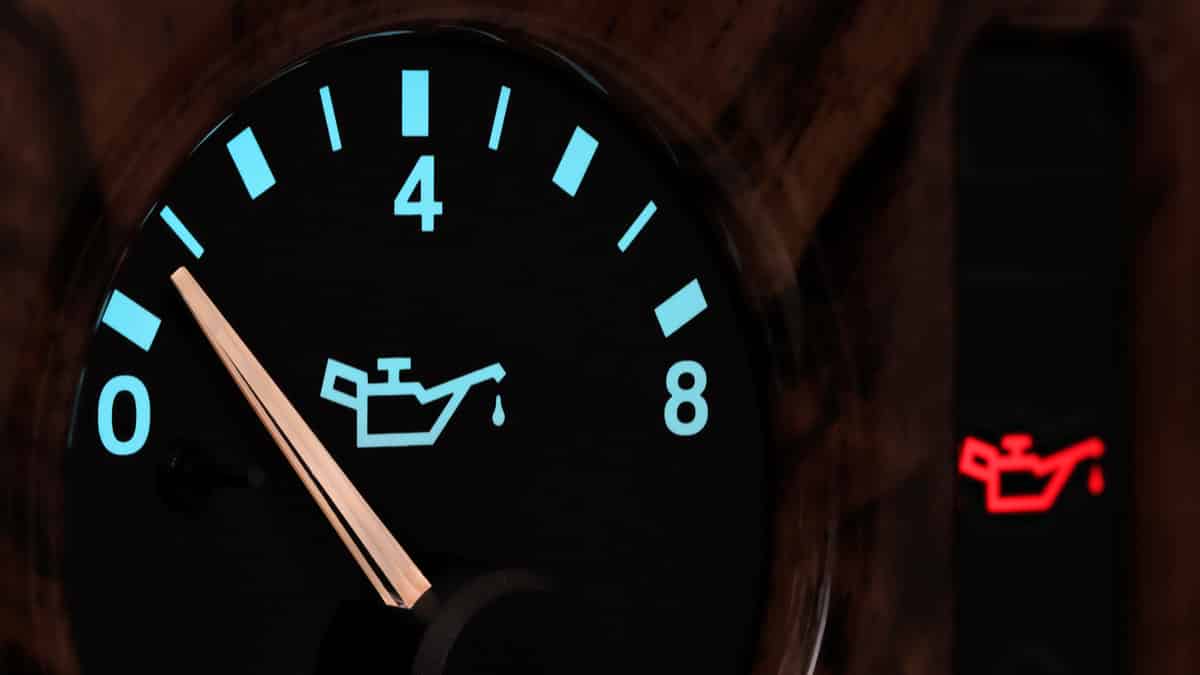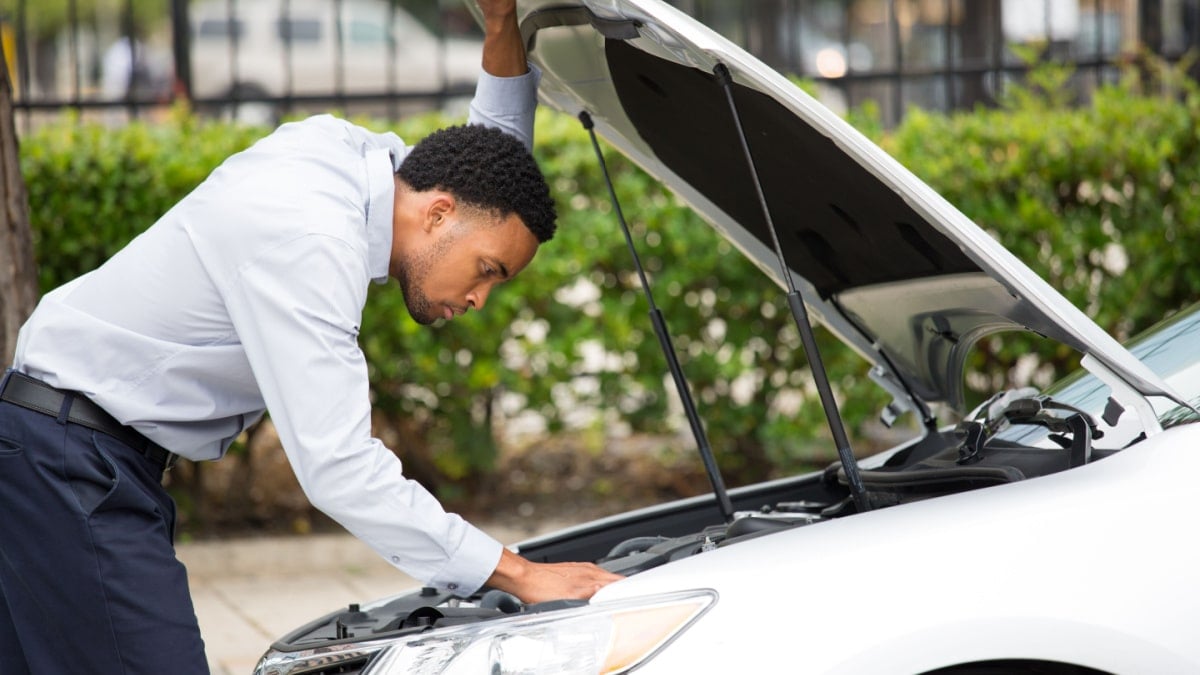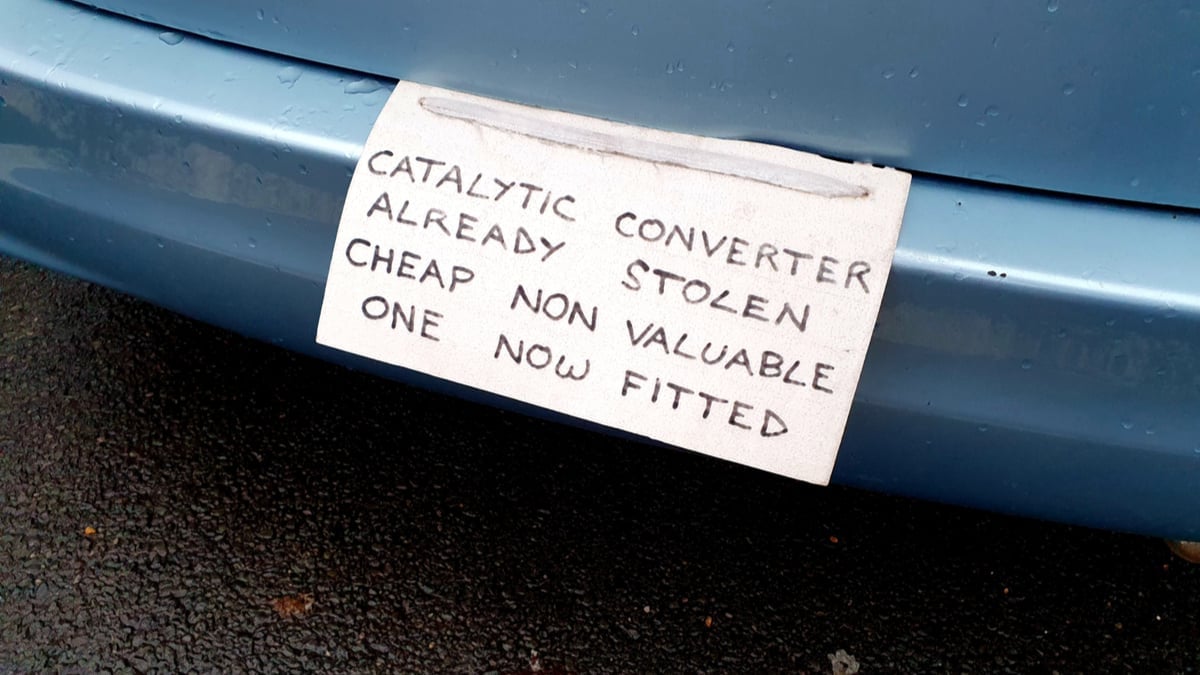If you have a fascination with cars, you have probably encountered very slanted wheels and wondered, “How do you drive around the streets with these kinds of tires?”
Japanese motor shows are packed with cambered wheels. Some wheels are so modified that they are barely inside the guards.
Tilted inclined wheels make it look like the suspension is broken and are a cause of stares from bystanders. So why do tuned cars have very inclined wheels?
Why Do Some Cars Have Tilted Wheels?
The main reason why some cars have tilted or slanted wheels is because of aesthetic reasons. Most people do it just because it looks good. A little lean can improve your car’s cornering performance, but if you have very inclined wheels, it will worsen it.
Understand the wheels camber angle
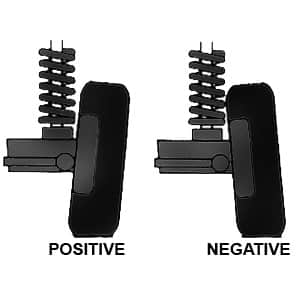
When referring to wheels, Camber is the angle at which a tire is inclined relative to the road. You can observe this angle when a car is cornering. The tire settings are adjusted to ensure that as much tire surface area is in contact with the ground.
Most of the time you observe a stationary car’s wheels, you will assume that it is perpendicular to the wheel. But, this is not often the case because the wheel is indented a little.
When the wheel is immobile, the static camber is maintained, but when it is cornering, camber settings are adjusted so that more of the wheel is in contact with the road.
Cars can have both positive and negative cambers. Negative camber occurs when the top part of the wheel is leaning closer to the center, while positive camber occurs when the top of the wheel is pointed outwards. What you see in many tilted inclined wheels is the negative camber.
Whenever you see the outside wheels leaning outside of the car’s body, you realize that the part of the wheel that is in contact with the road diminishes. In many cars, negative camber is good because it corrects the effects of leaning during cornering.
However, too much negative camber causes the car to have more sensitivity to the road’s crown. The tires also wear out at a faster rate than other cars.
How Far Should You Go With Inclined Wheels?

The amount of wheel inclination that you want for your car will depend on the type of suspension you have. Once you have changed the suspension, you will be required to change the camber plates. With more inclination, more pressure is applied to the wheel that is in contact with the ground.
Most of the stanced cars also have their body slammed – that is the lowering of the car’s body. This creates what motor car enthusiasts call “hellaflush” which means you have little body contact with the wheels.
Another way to modify your car wheels is to have a stretched tire. Here, you purchase the maximum permitted wheel by the manufacturer and have it fitted to your car, with some modifications to the suspension.
Many people choose to have tilted inclined wheels, not because it increases the car’s performance, but because it has a cosmetic value.
What Are the Dangers of Very Inclined Wheels?
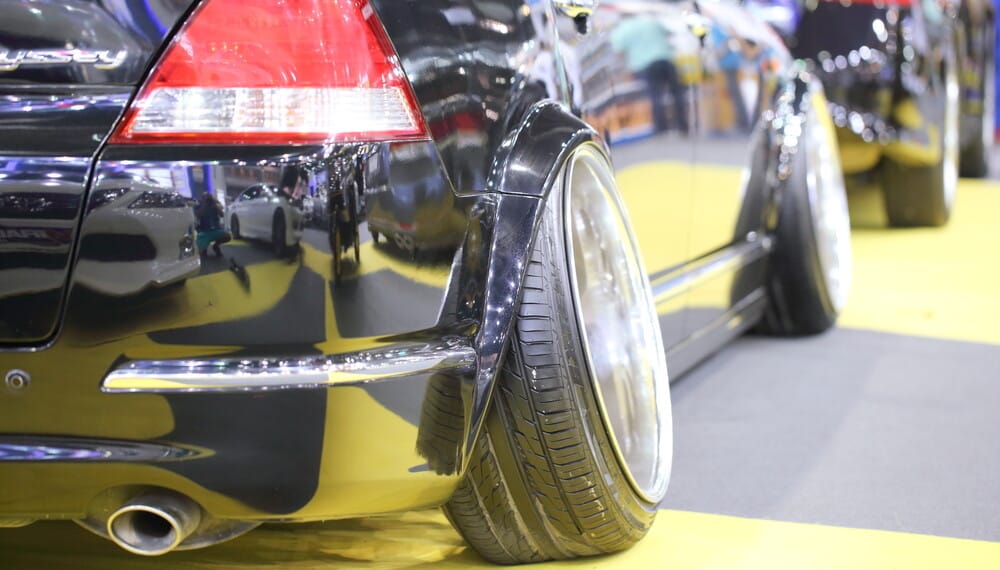
As you might understand by now, most people have camber on their car because it looks cool. What you must know is that having too much camber can actually be dangerous, too. Here are some reasons why you should not drive with too much camber.
1. Braking
The first problem you will experience with stanced cars is that you will have problems with braking. A normal car is designed with most of the wheel having contact with the road. This gives it grip and enables emergency braking. In cases where almost half of the tire is suspended in the air, the tire grip is reduced. This makes it hard to stop during emergency braking. This is the main reason why many traffic safety authorities are against the practice.
2. Tire Wear
The chances of punctures are greatly increased because one side of the tire undergoes a lot of tears. If you plan on inclining your wheels, then be prepared to spend extra for tires and maintenance.
3. Drivetrain Wear
If you think that only the tires are affected when you have tilted inclined wheels, you have more maintenance costs coming. All the driveshaft components – wheel bearings, CV joints, bushes – are designed to be used when the wheels are at a certain angle. Excessive negative camber puts pressure on these joints.
4. Cornering
Cars are designed to have a level of negative camber. This is vital when you are cornering. But, when you incline your wheels too much, you are putting too much pressure on the wheel parts that are in contact with the ground. At extreme speeds, this can cause your driveshaft to fail further, causing accidents.
5. Steering
Very inclined wheels also have problems when steering. The steering cannot reach full lock, because the geometry used to design them did not factor in extreme negative camber.
The suspension is also affected, because it needs down travel and up travel, and all this has to be properly aligned with the wheels. Problems arise because those making modifications do not have an angle grinder for perfect suspension angles.
Driving the car on its sidewall is dangerous because this part of the tire is not supposed to have contact with the ground. Having too much weight on this weak area increases the chances of punctures.
Categories: Suspension, Tires
